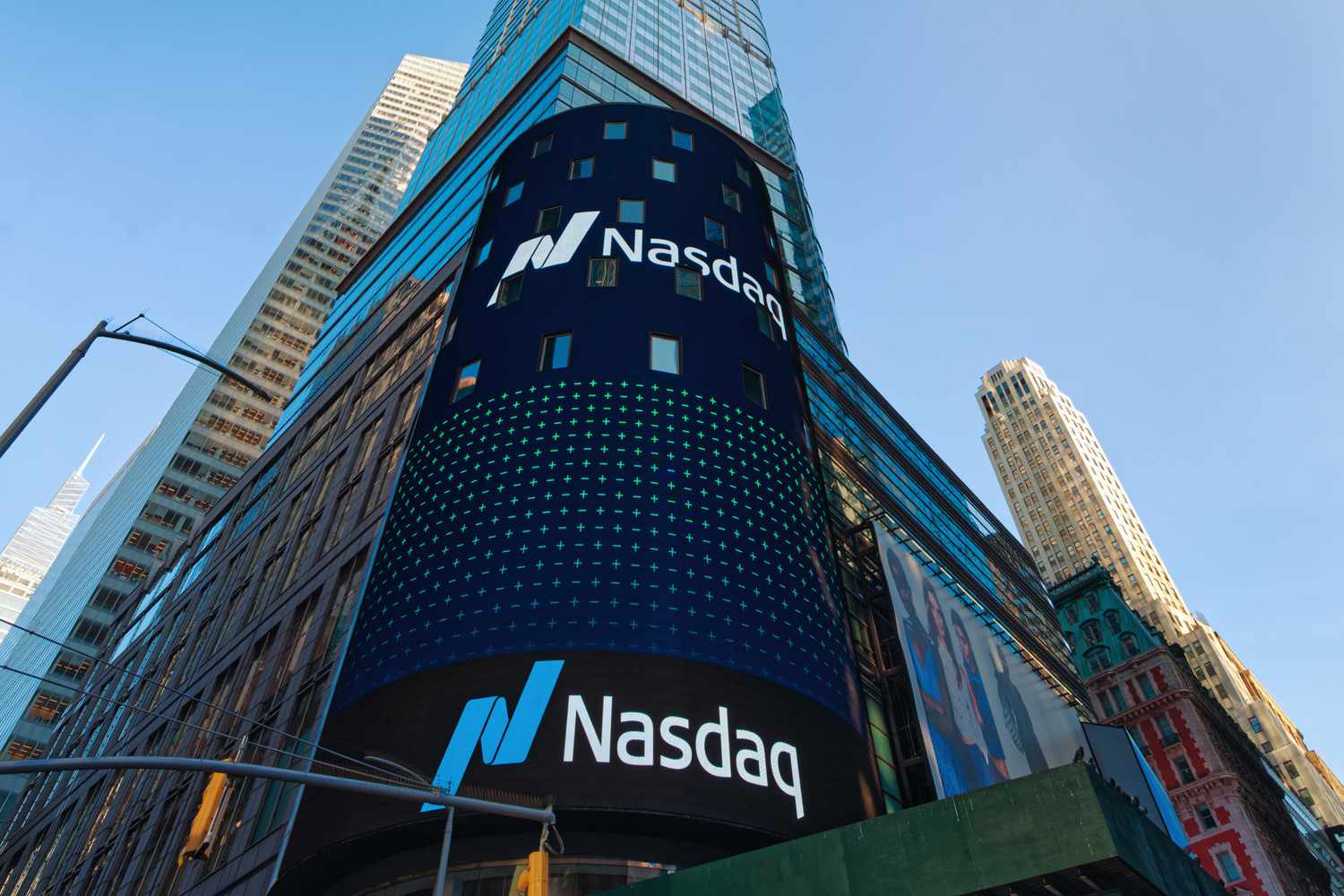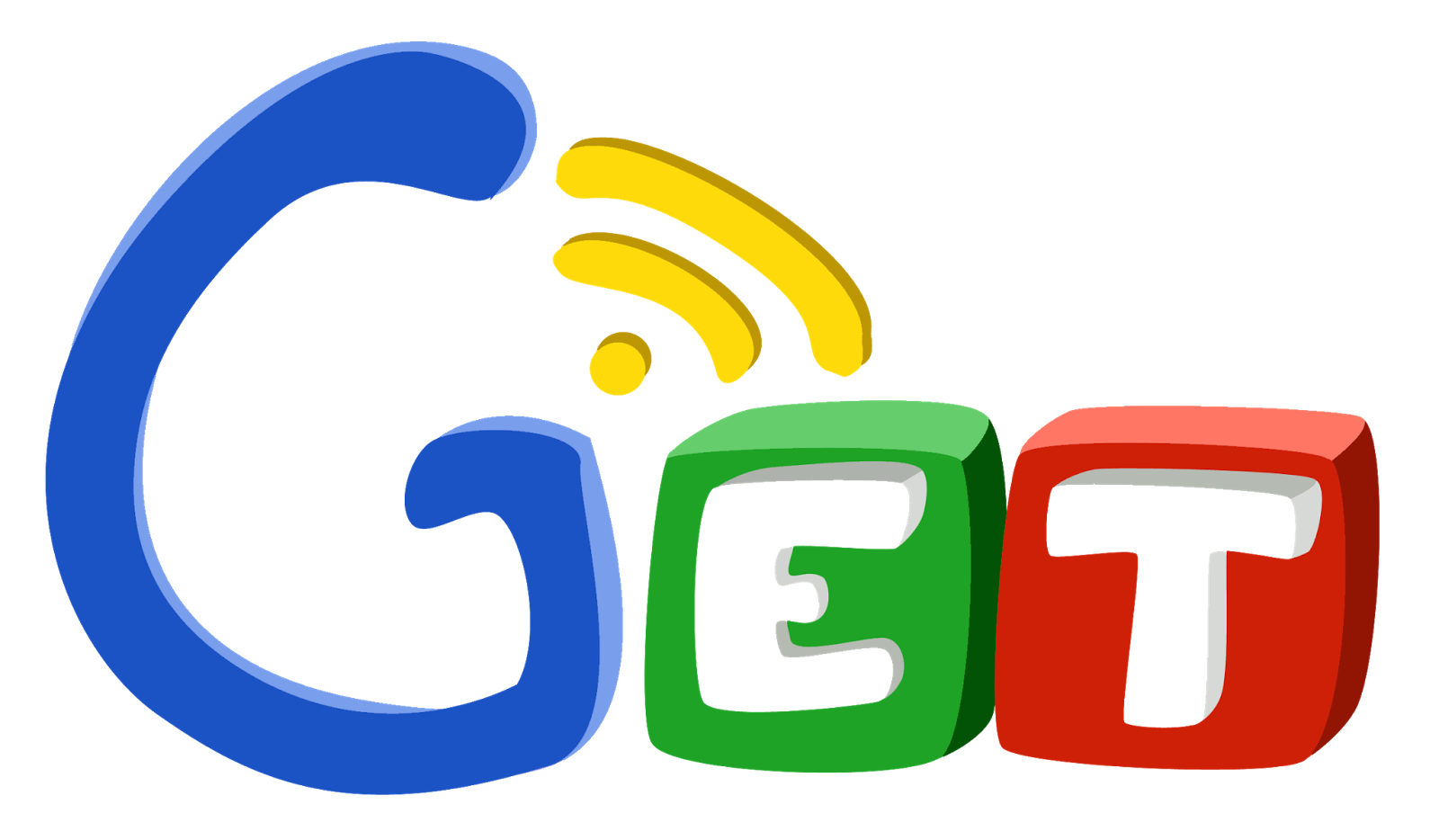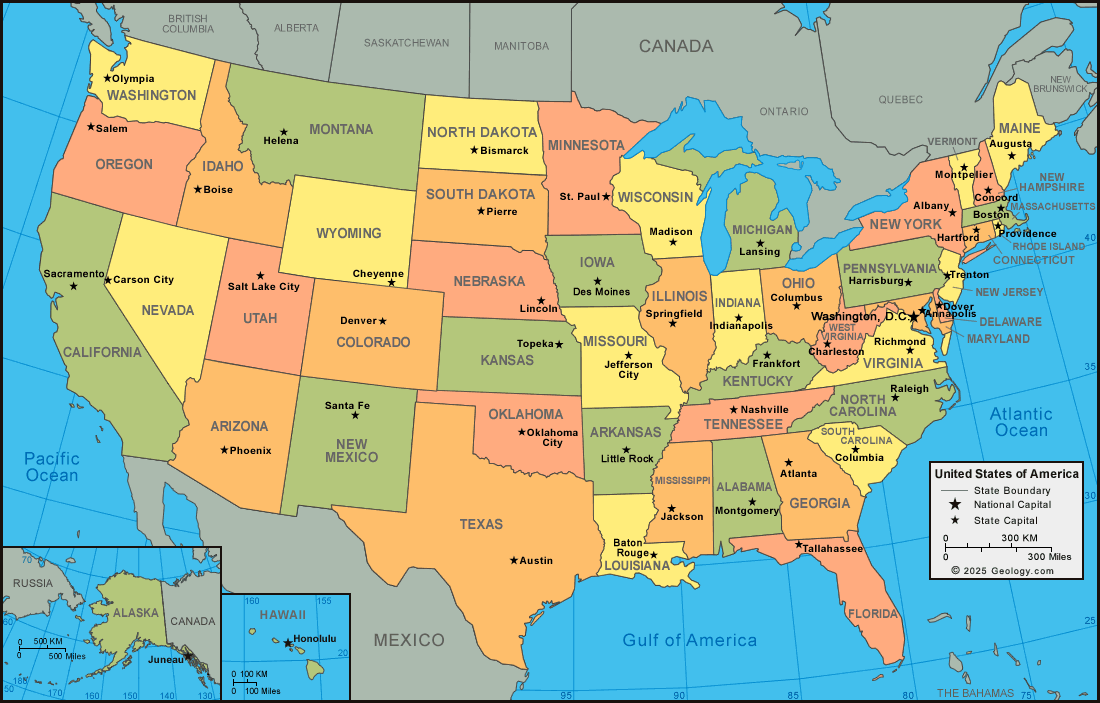How Fiber-Optic Technology Delivers Digital Signals Directly to Your Home
Introduction to Fiber-Optic Home Connectivity
Fiber-optic technology has revolutionized how digital signals are delivered to homes, enabling ultra-fast internet, robust streaming, and seamless communication. As demand for high-speed connectivity grows, understanding how fiber-optic cables work and how you can access these services is essential for future-proofing your home and maximizing your digital experience.

Source: opinionsnet.com
What Is the Technology Behind Fiber-Optic Home Connections?
The primary technology that uses fiber-optic cable to carry digital signals to your home is known as Fiber to the Home (FTTH) or Fiber to the Premises (FTTP) . In this setup, optical fibers run directly from a central office or provider’s hub through a distribution network and ultimately terminate at your residence. This direct connection allows for much greater bandwidth and speed compared to traditional copper cables or wireless solutions [1] .
FTTH works by transmitting data as pulses of light through thin strands of glass or plastic fiber, achieving speeds and reliability that far exceed those of older technologies like DSL or cable internet. The light signals are immune to electromagnetic interference, making the connection more stable and less susceptible to outages caused by weather or electrical disturbances [3] .
How Does Fiber-Optic Internet Get Installed in Homes?
The installation of fiber-optic internet in homes involves several key steps:
- A fiber-optic network is built in your area by an internet service provider (ISP), which may require laying new cables underground or on utility poles. The network typically connects to a central distribution point called a hub or central office [1] .
- From this central hub, fiber-optic cables are routed through a network access point and continue to a terminal box or optical network terminal (ONT) installed at your home. This terminal converts the light signals into digital data that your devices can use [5] .
- The process may involve trenching, drilling, or running cables through existing conduits. In new homes, builders increasingly pre-wire properties with fiber, following industry standards like TIA 570-E for optimal performance [2] .
If you are interested in having fiber-optic service installed, begin by checking availability with ISPs in your area. If service is not present, you can register your interest with providers-this sometimes influences expansion plans. For new constructions or major remodels, consult with a licensed low-voltage contractor or your builder about pre-wiring for fiber according to recognized standards.
Benefits of Having Fiber-Optic Cables Carry Digital Signals to Your Home
Homeowners connected via fiber-optic cables experience several major advantages:
- Unmatched Speed and Bandwidth: FTTH can provide internet speeds up to 1,000 Mbps (1 Gbps) or more, with some services offering up to 10 Gbps in select areas. This is ideal for households with multiple users and heavy data demands [3] .
- Low Latency: Because signals travel at nearly the speed of light and are less affected by interference, fiber networks offer lower latency, improving real-time applications like gaming and video conferencing [2] .
- Reliability and Durability: Fiber-optic cables are immune to electromagnetic interference and generally withstand severe weather better than copper lines, resulting in fewer outages [3] .
- Future-Proofing: With digital demands rising, fiber ensures your home network can handle tomorrow’s technology, increasing property value and appeal [2] .
Practical Steps to Access Fiber-Optic Service at Home
To get started with fiber-optic internet and digital services at your home, follow these steps:
- Check Availability: Use your address to check eligibility with major ISPs. Many providers have online tools to verify if fiber service is offered at your location. If you cannot find such a tool, you can call provider customer service for guidance.
- Compare Providers and Plans: Evaluate speed tiers, pricing, and customer service reputation. Be aware that speeds and plans can vary significantly between providers and regions.
- Request Installation: Once you choose a provider, schedule an installation appointment. The technician will handle the process of bringing the fiber cable from the street or curb into your home and setting up the ONT.
- Prepare Your Home: Clear access to exterior walls and utility spaces. If you are pre-wiring a new home, ask your builder about including fiber-optic cabling and consult the TIA 570-E standard for best practices [2] .
- Set Up Your Network: After installation, set up a compatible router to distribute the connection throughout your home. Modern routers designed for fiber will maximize performance, especially for Wi-Fi coverage.
If fiber service is not yet available, you can:
- Contact local ISPs to express interest-some maintain lists of interested residents to prioritize network expansions.
- Work with neighborhood associations or local government to encourage infrastructure investment.
- Consider interim options like fiber to the curb (FTTC), where fiber is run to a box near your home, with the final connection via copper cable. While not as fast as FTTH, this can still provide significant improvements over older DSL or cable services [5] .
Challenges and Solutions for Home Fiber-Optic Installation
While the benefits are substantial, installing fiber-optic service at home comes with some challenges:
- Infrastructure Limitations: In many areas, fiber networks are still being built. Large-scale deployments require significant investment and coordination with local authorities.
- Installation Costs: Bringing fiber from the street to your home can be costly if the infrastructure is not already in place. Some ISPs offset these costs with promotional offers or by focusing on neighborhoods with high demand.
- Retrofitting Existing Homes: Retrofitting older homes may require additional work, such as drilling, trenching, or running new conduits. Following standards like TIA 570-E ensures a high-quality installation that maximizes performance [2] .
To address these challenges, consider these solutions:

Source: bernardmarr.com
- Collaborate with neighbors to demonstrate collective demand to ISPs.
- Explore programs or grants offered by local governments to encourage broadband expansion.
- For new builds, always request fiber pre-wiring during construction to reduce costs and hassle later.
Alternatives and Frequently Asked Questions
If fiber to the home is not available, other digital delivery methods include:
- Fiber to the Curb (FTTC): Fiber is run to a box near your home, and the final connection is copper. It’s faster than DSL or cable but not as fast as FTTH [5] .
- Cable Internet: Uses coaxial cables; typically slower and less reliable than fiber.
- DSL and Satellite: Older technologies with lower speeds and higher latency; generally used in rural areas where fiber is not available.
For the latest availability and to compare all your options, search for “fiber internet providers near me” or contact major ISPs directly. You may also consult your local government’s broadband office for updates on infrastructure projects.
Key Takeaways
Fiber to the home (FTTH) represents the gold standard in residential digital connectivity. By using fiber-optic cables to deliver digital signals straight to your residence, you gain access to unmatched speed, reliability, and future-proof infrastructure. While installation involves upfront planning and sometimes higher costs, the long-term benefits for property value, user experience, and adaptability to new technology are substantial. If fiber is not yet available at your address, take proactive steps by engaging with providers and local officials to prepare for future expansion.
References
MORE FROM weirdsearch.com













